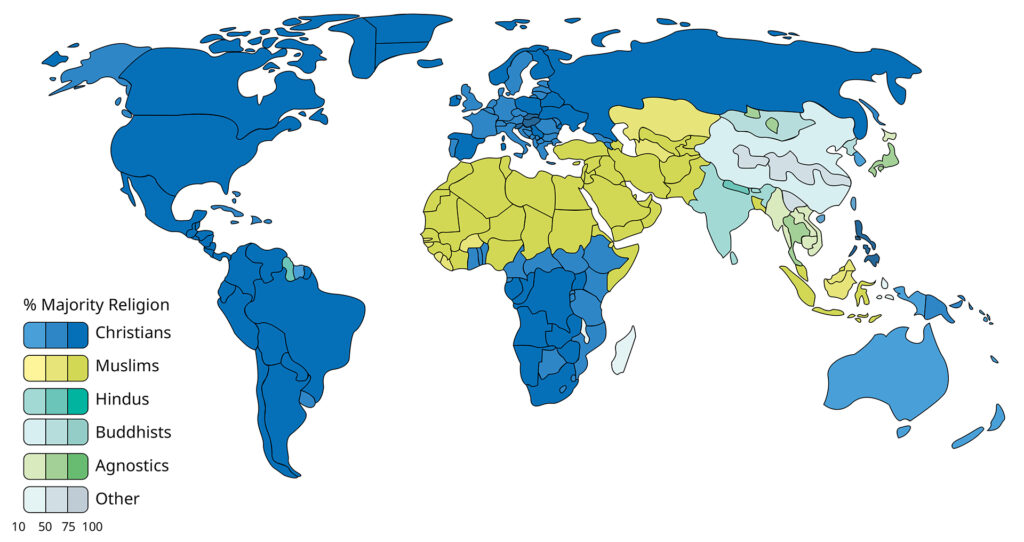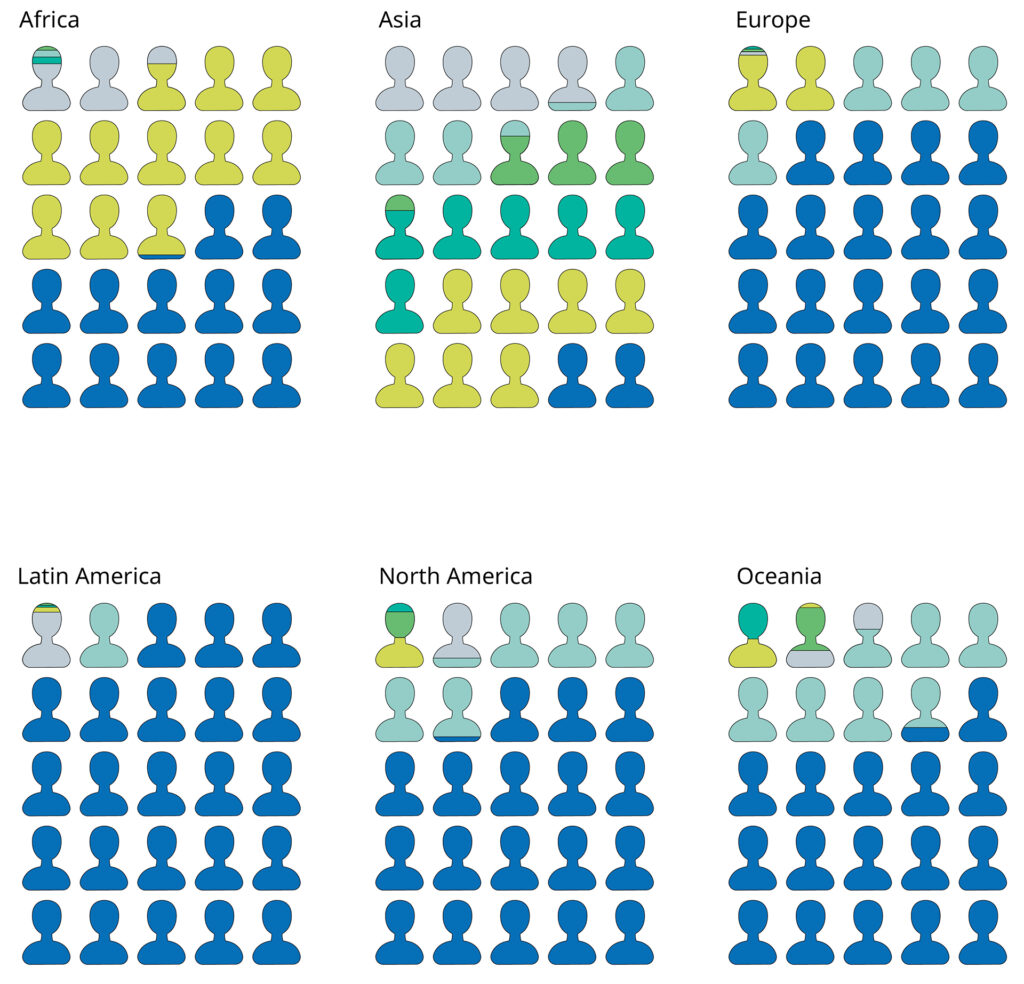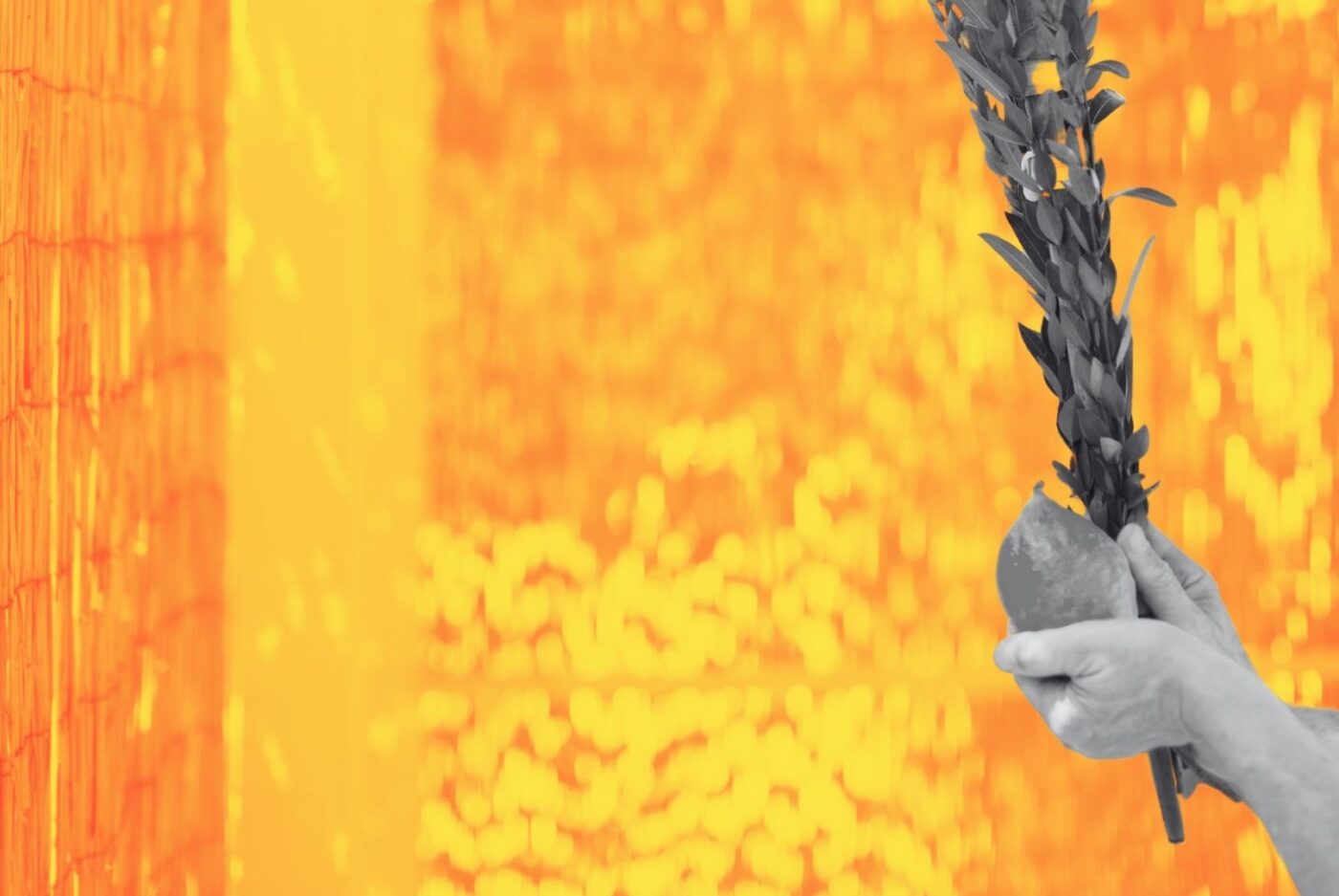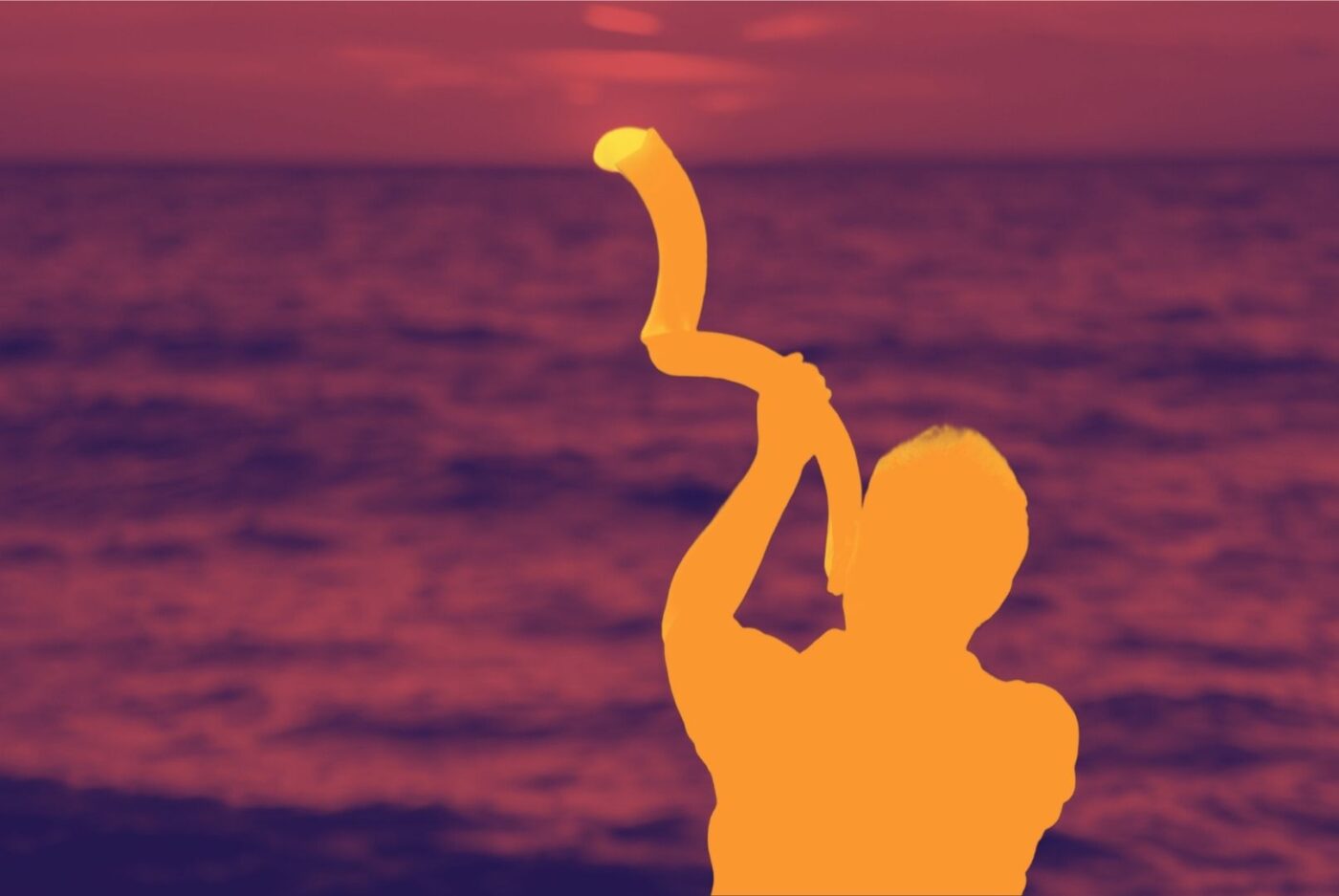World Religions
Majority World Religion 2020

Growing Religiosity
Contrary to predictions of mass secularization by Western academics in the middle of the 20th century, the world is more rather than less religious compared to 50 years ago. Religious renewal in atheistic communist and post-communist contexts is the main reason for the shift.
Asia remains the most religiously diverse continent.
Asia remains the most religiously diverse continent, and Africa has witnessed a rapid decline of traditional religions leading to a near even split between Islam and Christianity.
Religious renewals have also led to heightened restrictions on religious liberties around the world. Religious conflict will continue to shape mission efforts as we move into the heart of the 21st century.
World Religion Percentage 2020

Shifting Trends
Christianity has remained around one-third of the global population for the last 150 years, even as the shift of the Christian center of gravity has moved to the Majority World.
Islam has witnessed the most substantial growth, while other religions like Hinduism and Buddhism have remained stable across the last century. Agnosticism and Atheism have seen a marked decline in Asia and Europe while Anglophone North America and Oceania have seen rapid growth.
World Religions Over Time

World Fertility Rate By Religions 2010-2015

Family Growth
Christianity, and most notably Islam, will continue to grow in part through above average fertility rates, driven especially by the African context
% Change In Global Religions 1970-2020










